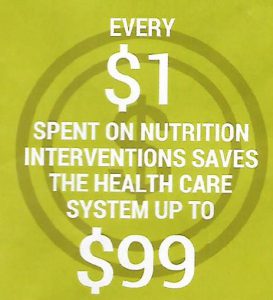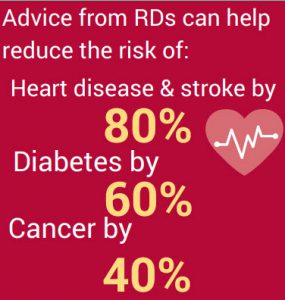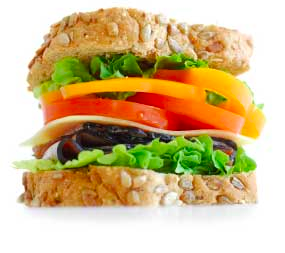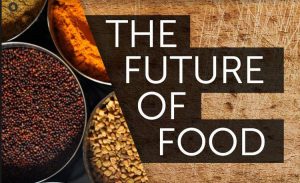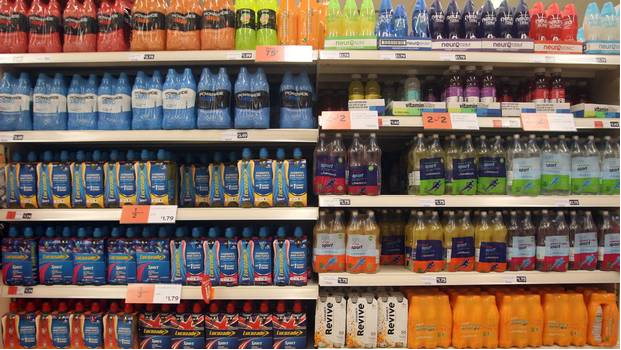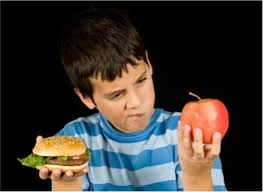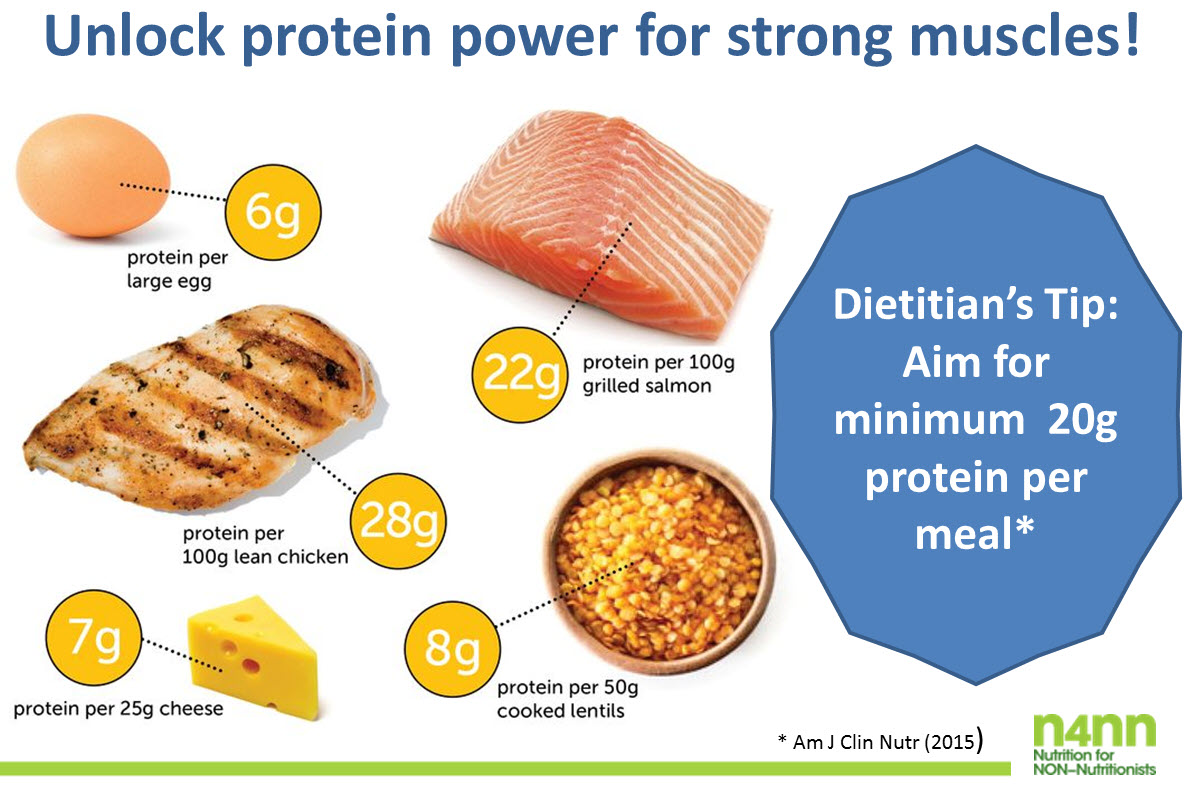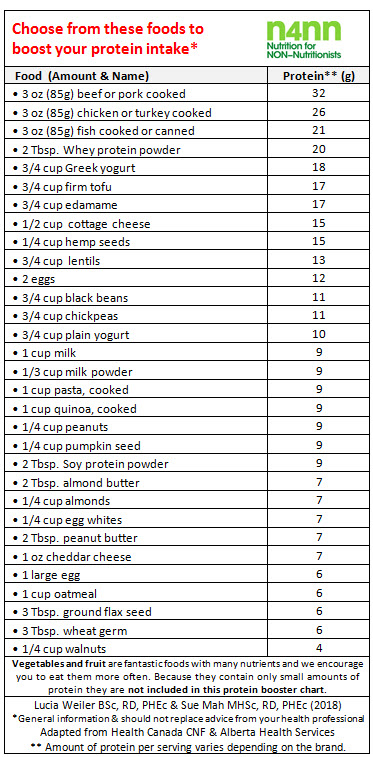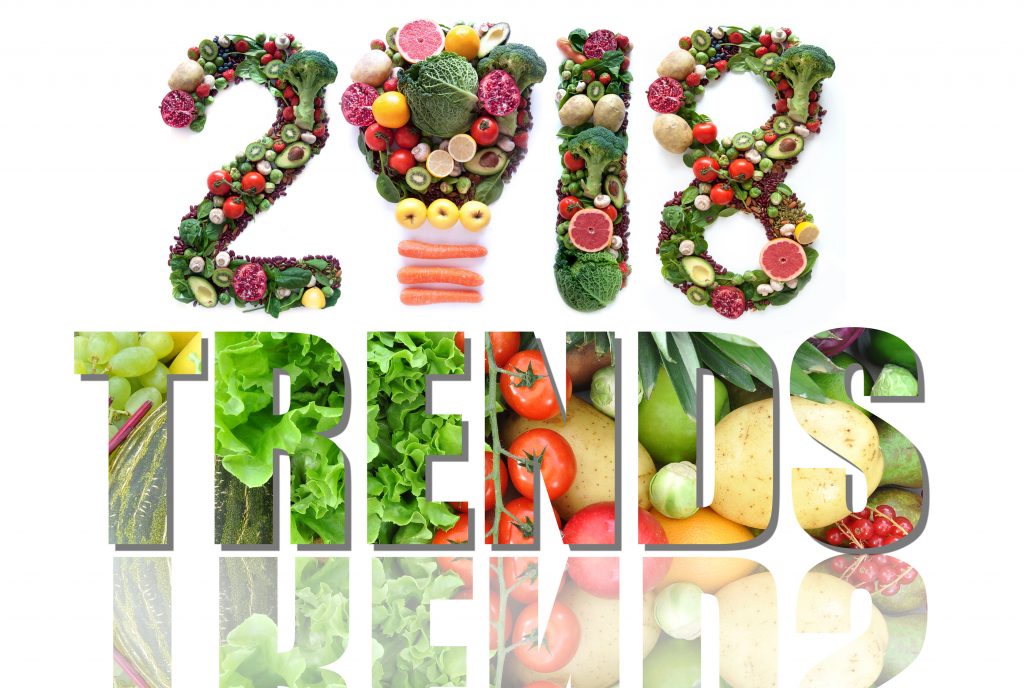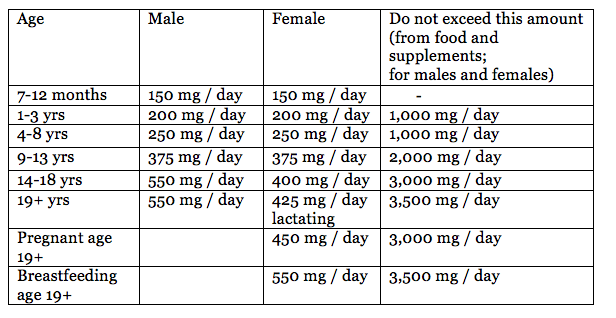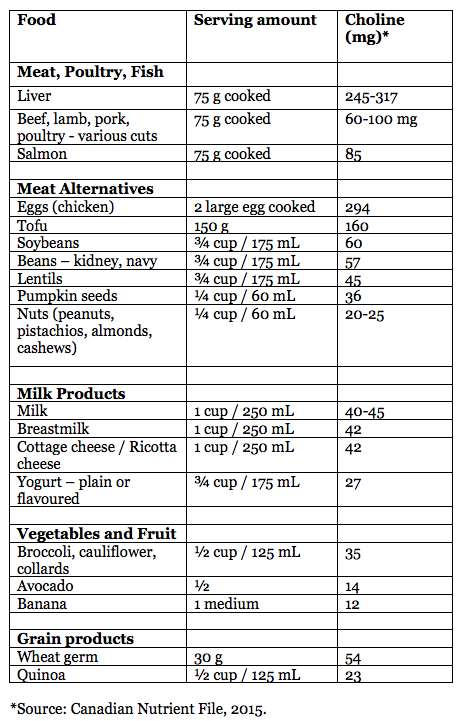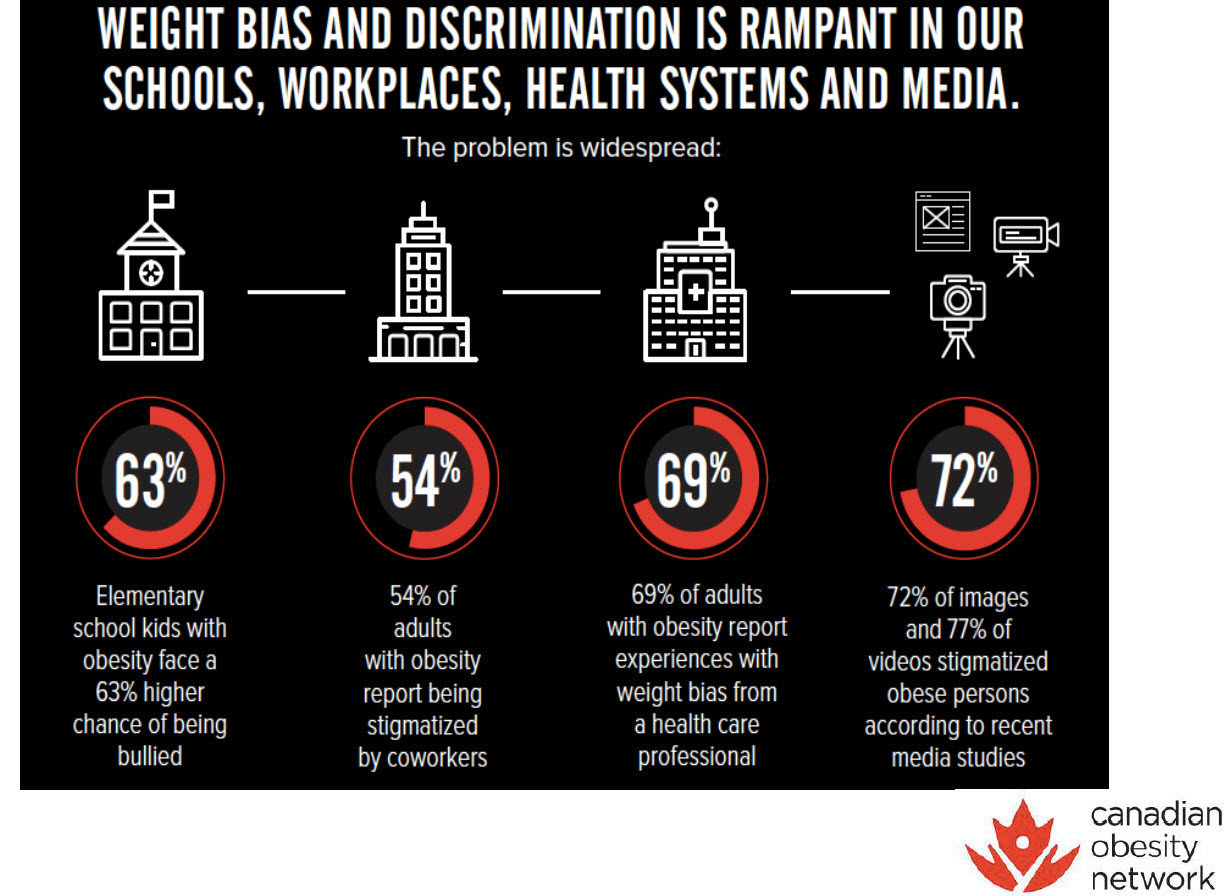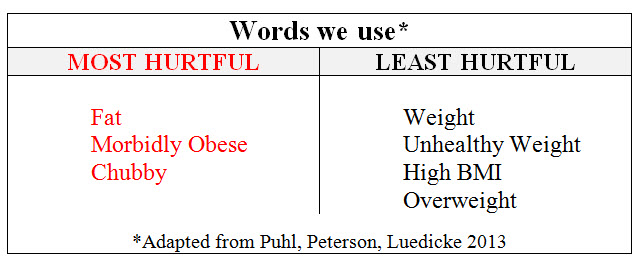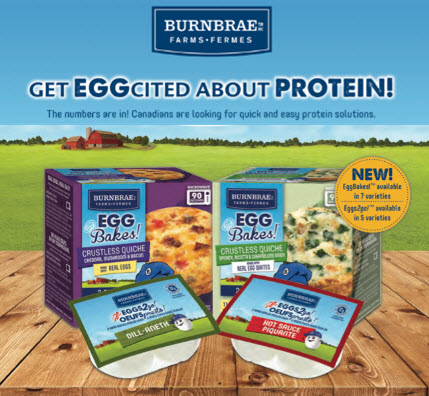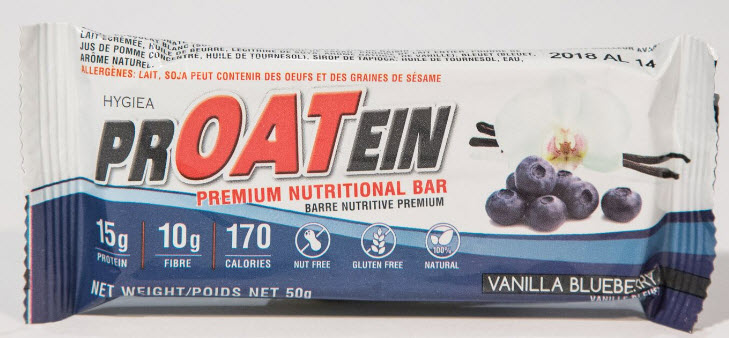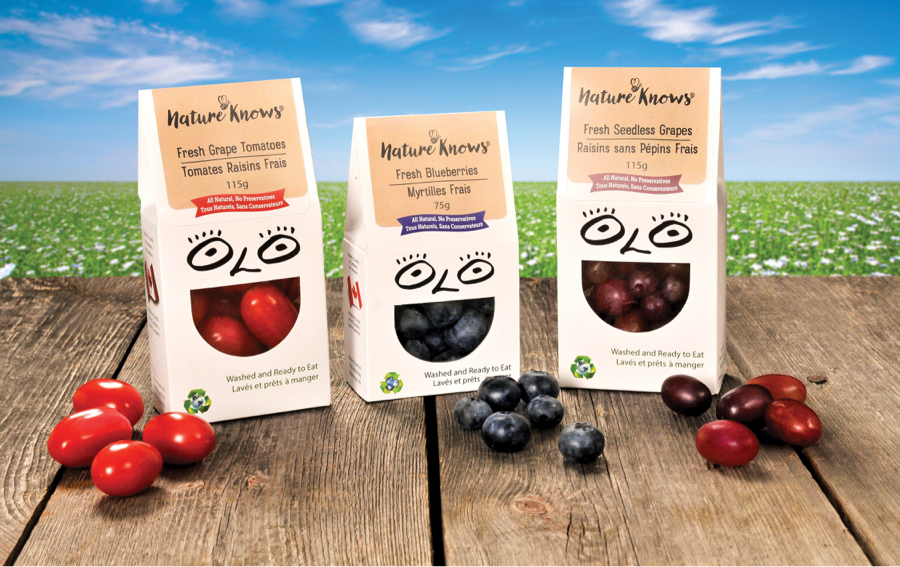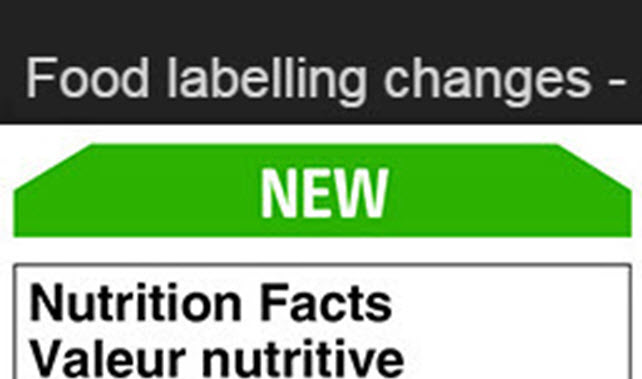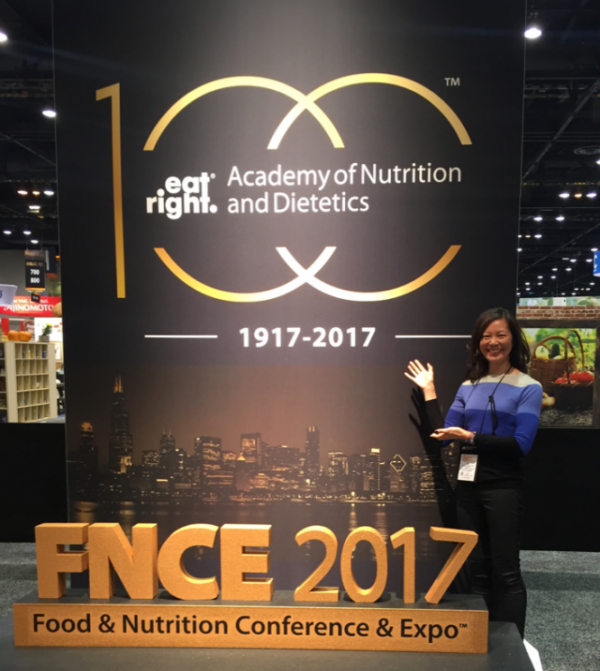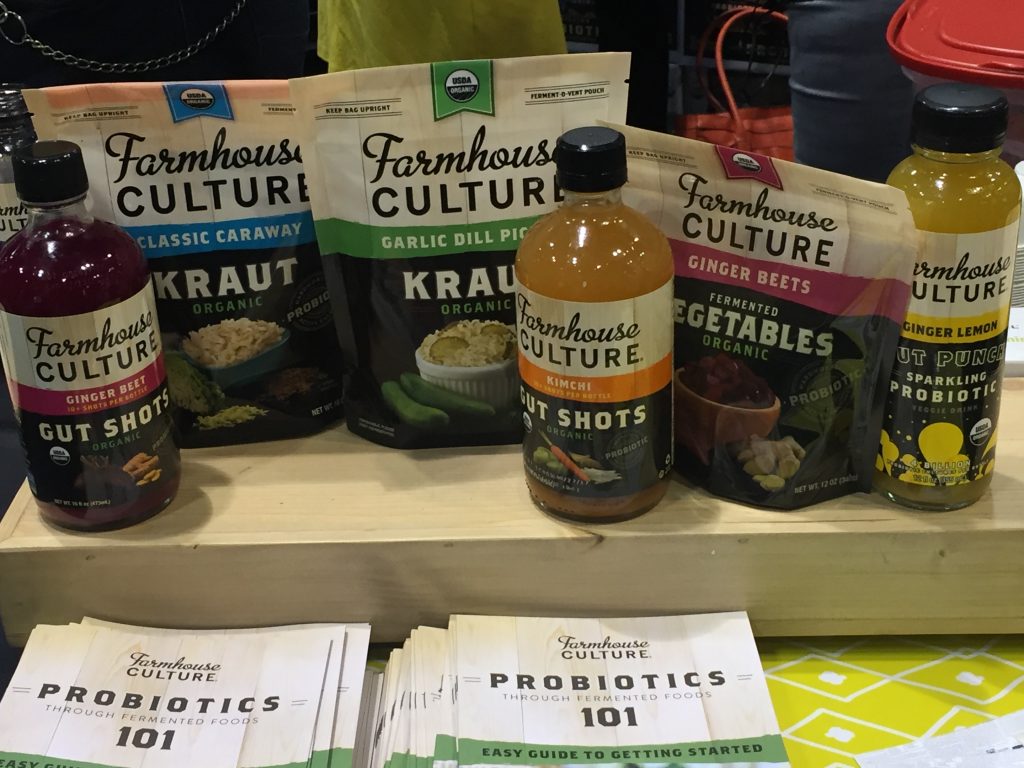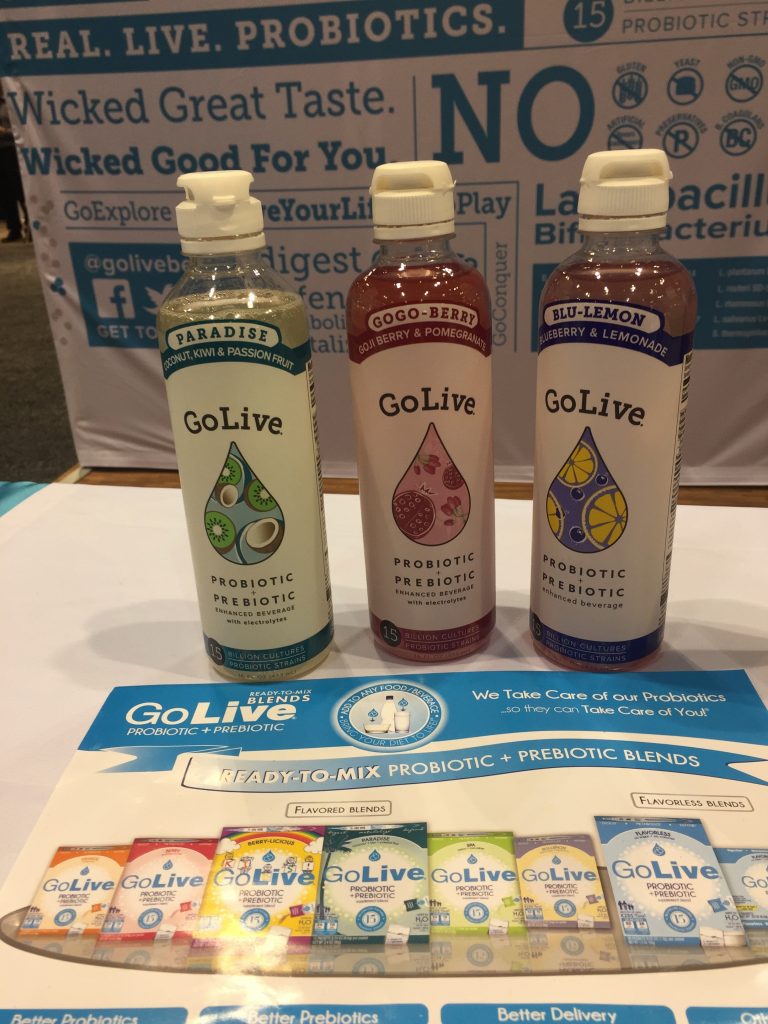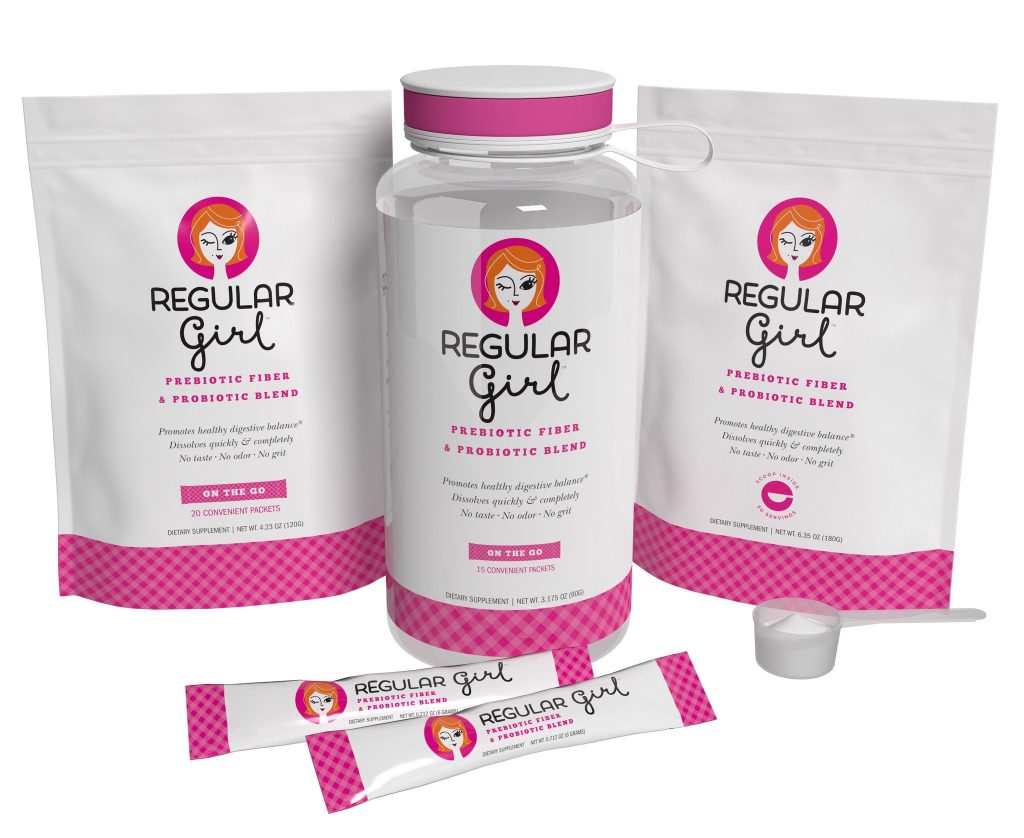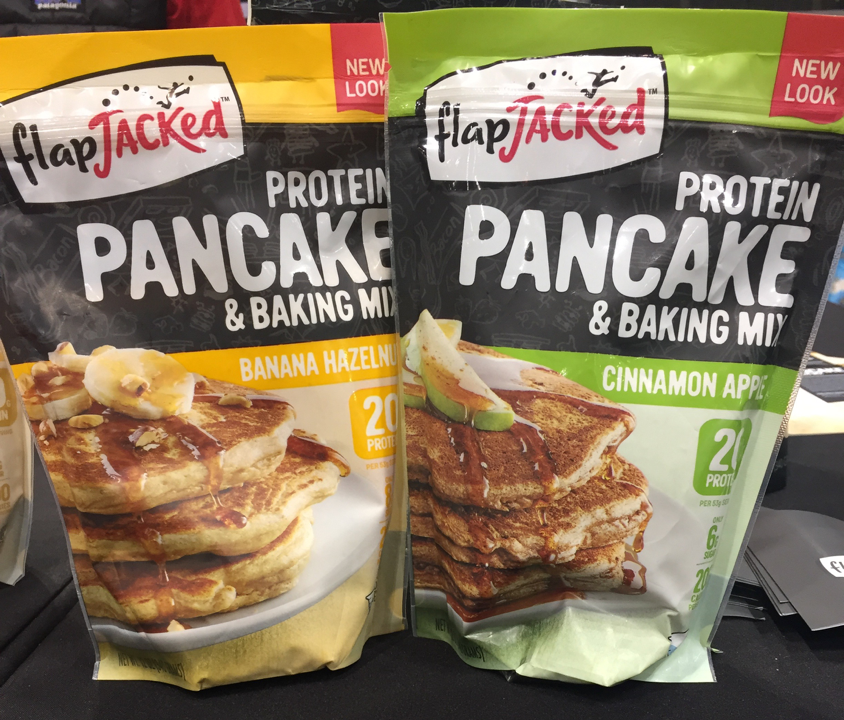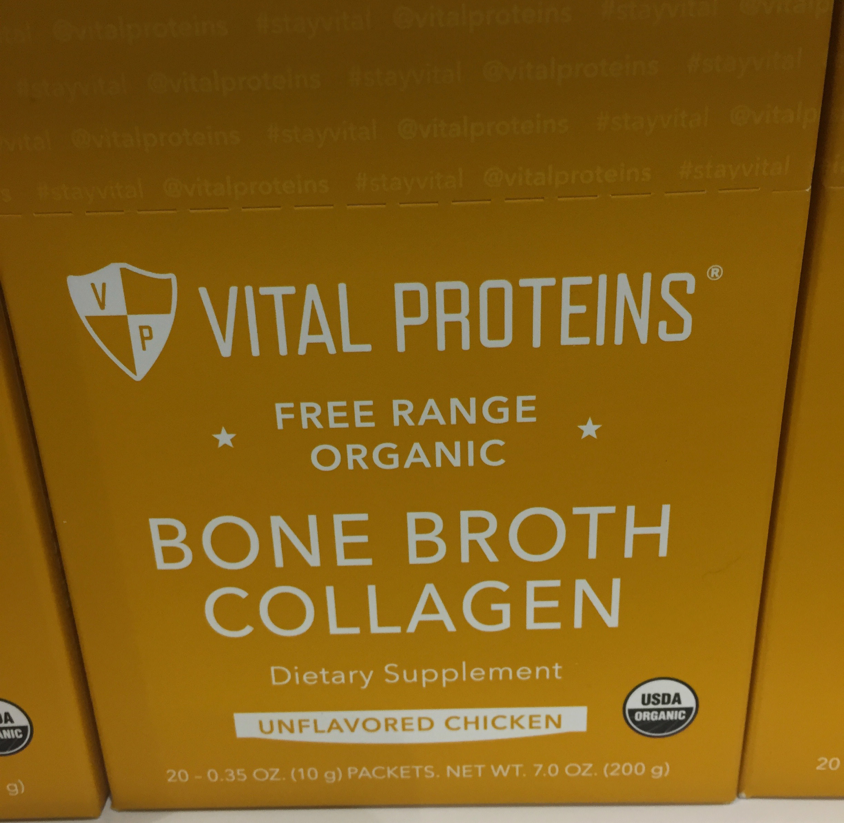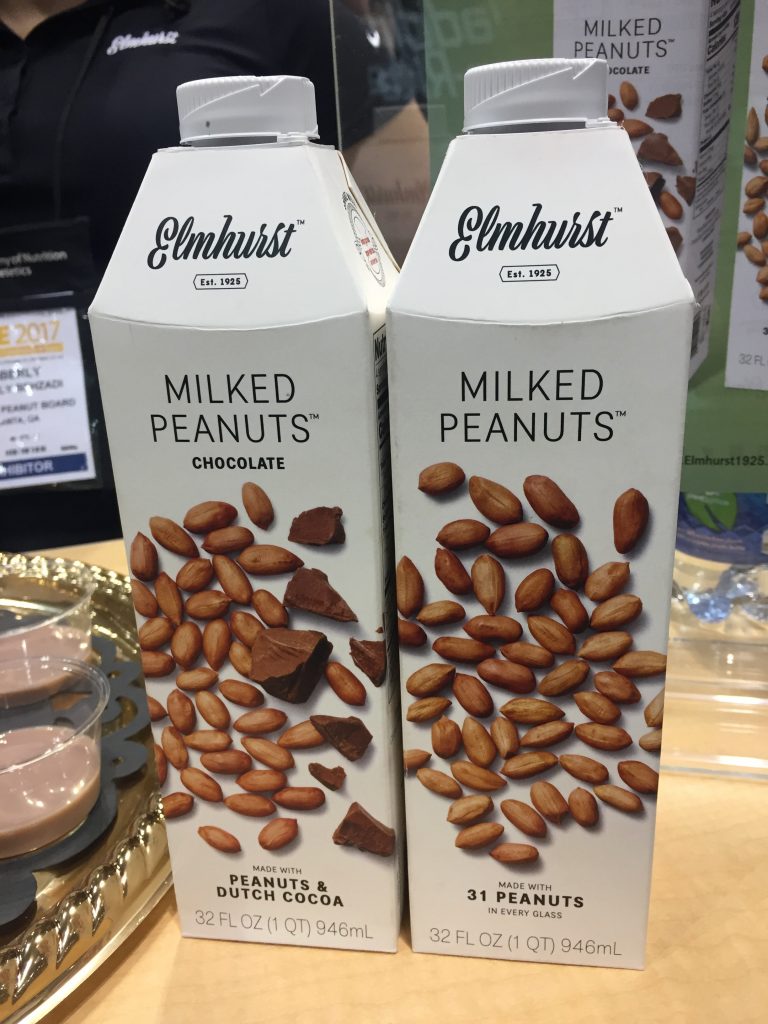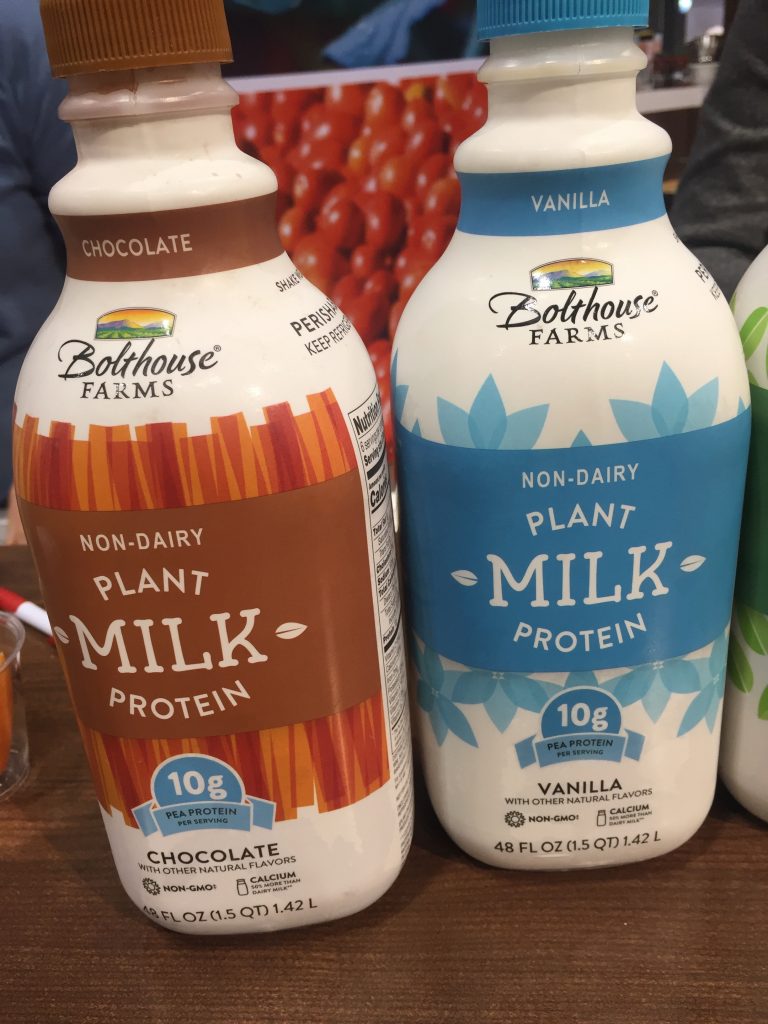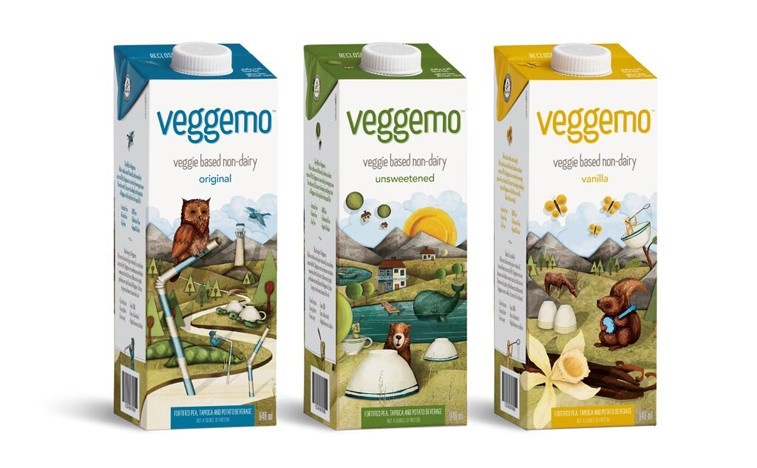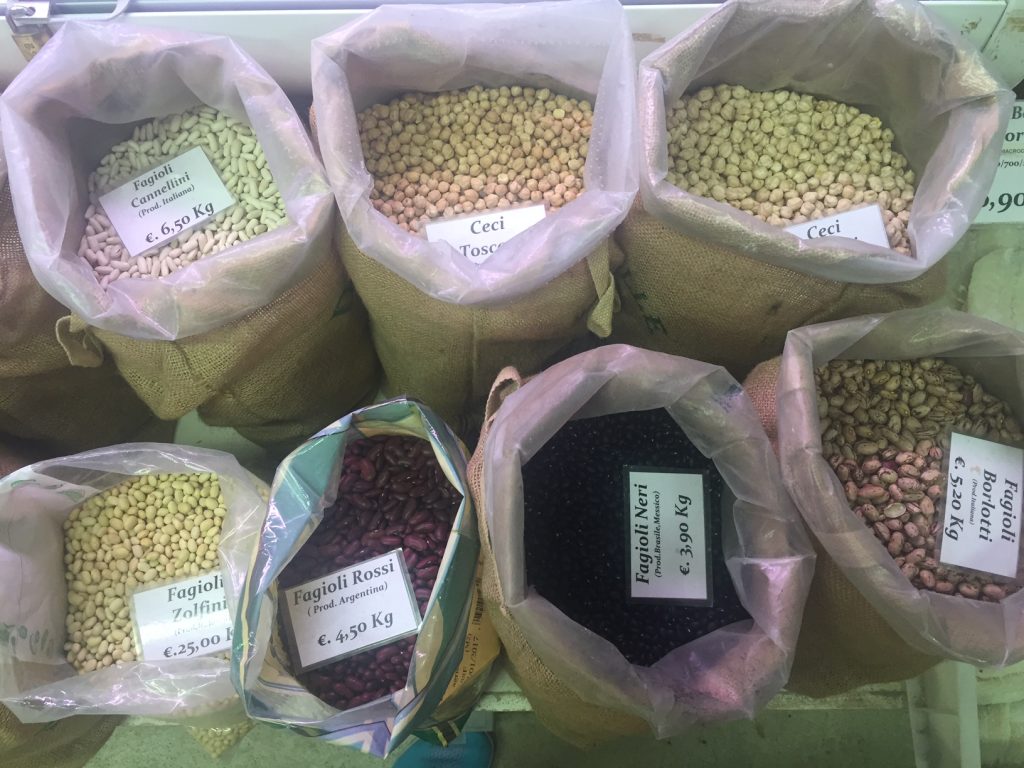
Your immune system is always on guard against attacks on your body. Attacks could come in many forms including virus, bacteria or even cancer cells. If your immune system trips up, you could become more vulnerable and even ill. In terms of nutrition, there are many nutrients that are involved with the normal functioning of the immune system. The immune system is sophisticated ‘team’ with many ‘players’ involved. The best performance in defending your body happens when all ‘players are present’ and ready to do their job. That is why health experts recommend to promote your own immunity follow an overall healthy eating plan.
With Covid19 there seem to be a lot of questions about nutrition and immunity so here is a closer look at the basics.
- No diet, supplement will cure or prevent disease. Good hygiene practice and physical distancing remain the best means of avoiding COVID19 infection.
- Almost all nutrients help the immune system in one way or another; however some nutrient deficiencies may be more harmful to immunity than others. Malnutrition and deficient intakes of many vitamins and minerals are associated with lower disease resistance. Among the nutrients well recognized for their roles in building immunity are Protein, Zinc, Vitamins A, C and E. Below we profile these nutrients of interest that support general immunity but emphasize the bottom line: Eat a variety of healthy foods each day in order to support immune function.
Protein:
Protein helps build and repair body tissues and forms antibodies. Antibodies are protective proteins produced by the immune system to fight foreign substances in the body.
Eat protein foods at each meal. Recommendations for most adults are to aim for 20-30 grams of protein at every meal. Examples of protein rich foods include fish, shellfish, poultry, lean meat, legumes (beans, peas and lentils), tofu (edamame), eggs, nuts, seeds, greek yogurt and cottage cheese.
Vitamins and Minerals:
All vitamins and minerals promote good health and many protect against infection and diseases. Research suggests that certain vitamins and minerals may have bigger roles in immune health. Examples include Zinc, Vitamins A, C, E. For most people, however, there is no good evidence that taking more of these nutrients than what you can get from a varied healthy diet will improve your immune system. For reference, here is some information about vitamins/minerals of interest for immune health.
-
- Zinc:
A wide variety of foods contain zinc. By far, oysters have more zinc per serving than any other food. More good sources of zinc are lean meats, fish or poultry, beans, nuts, whole grains, cereals (fortified) and dairy products - Vitamin A:
Vitamin A is naturally present in many foods and most people get enough Vitamin A from the foods they eat. The most active form is retinol, a fat soluble vitamin found in animal foods such as meat, poultry, fish and dairy products. Beta carotene which converts to vitamin A in the body is found in yellow, orange and dark green vegetables and fruits. - Vitamin C:
Vitamin C, also known as ascorbic acid is found in fruits and vegetables. Among its many other roles, Vitamin C acts as an antioxidant that helps protect cells against damage. You can get recommended amounts of vitamin C by eating a variety of foods including citrus fruits (such as oranges and grapefruit). Red and green peppers and kiwifruit also have a lot of vitamin C as do other fruits and vegetables. - Vitamin E:
Vitamin E is found in many foods. In the body, it acts as an antioxidant that helps protect the tissues from damage. Rich sources of Vitamin E include vegetable oils (wheat germ, sunflower, safflower), nuts (peanuts, hazelnuts, almonds), seeds (sunflower), fortified cereals.Watch our one minute VIDEO summary and tips on the immunity challenge here:
- Zinc:
Sources:
- National Institutes of Health (NIH) 2020 Health Information Facts
- Health Canada (2019) Nutrient Function Claims
- Duyff Academy of Food and Nutrition (2017) Complete Food & Nutrition Guide
- Sizer et al (2017) Nutrition Concepts and Controversies
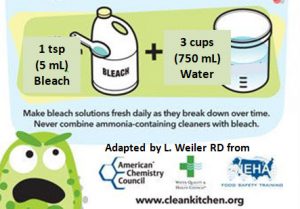







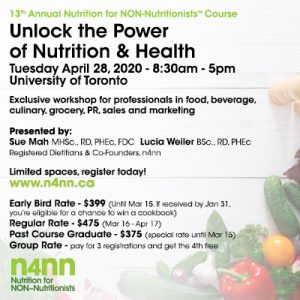

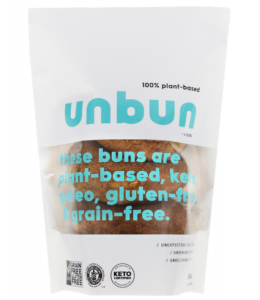
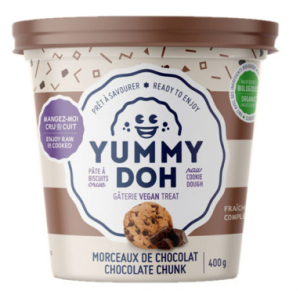
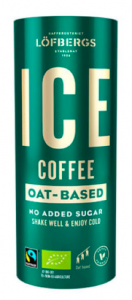
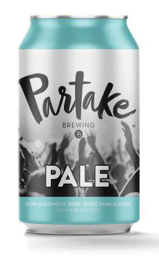






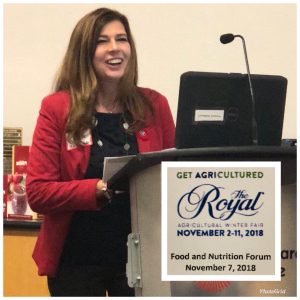 Do you love food and care about how it’s grown, handled and brought to market? We do! As part of staying on top of emerging trends and new research we joined experts in food and nutrition to engage in conversation at the Royal Winter Fair Food and Nutrition Forum. As a Registered Dietitian, Lucia was invited to welcome delegates to a day of learning, getting ‘agricultured’ and celebrating the power of farming, food and nutrition. Inspiring speakers included professors, farmers, authors, dietitians and home economists. Working hand in hand, our passion for wellness and good food united us all!
Do you love food and care about how it’s grown, handled and brought to market? We do! As part of staying on top of emerging trends and new research we joined experts in food and nutrition to engage in conversation at the Royal Winter Fair Food and Nutrition Forum. As a Registered Dietitian, Lucia was invited to welcome delegates to a day of learning, getting ‘agricultured’ and celebrating the power of farming, food and nutrition. Inspiring speakers included professors, farmers, authors, dietitians and home economists. Working hand in hand, our passion for wellness and good food united us all!